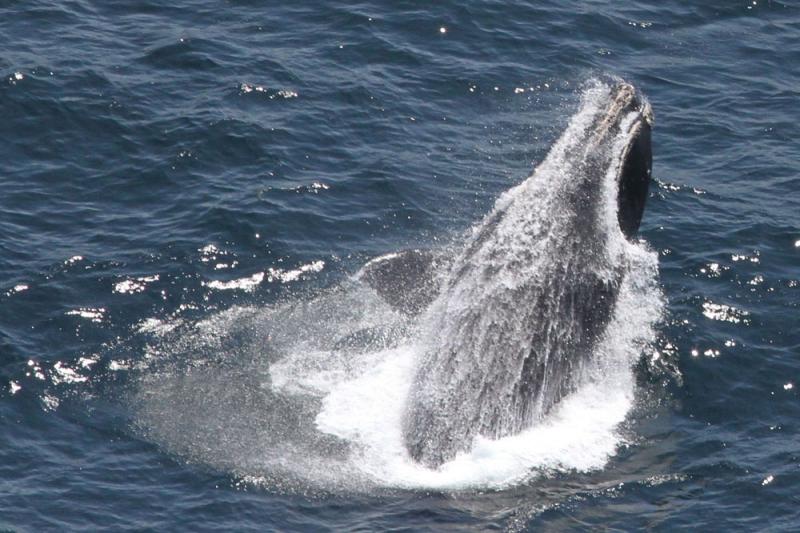The North Atlantic right whale is one of the world’s most endangered large whale species, currently numbering approximately 400 individuals. Fishing gear entanglements and vessel strikes are the leading causes of mortalities for these animals in both U.S. and Canadian waters. A major source of entanglement death among adults is trap/pot gear. These gears are used to harvest the American lobsters in U.S. waters, and snow crab in Canadian waters.
Rulemaking is underway to reduce the current risk of North Atlantic right whale entanglement in U.S. commercial pot/trap fishing gear by 60 percent. A large team of people with a shared concern for the well-being of whales and fisheries has worked more than a year to find new ways to reach this goal.
The Atlantic Large Whale Take Reduction Team asked for better decision-making tools to help them understand how much risk reduction could be expected under different fishing scenarios. Scientists at our science center and others developed such a tool.
Peer Review Key to Better Science
The decision support tool was peer-reviewed by an independent panel of non-NOAA scientists November 19-21, 2019. The reviewer’s reports are now available. The panel included scientists with relevant expertise, who were not directly involved in the work under review. They thoroughly examined the work and commented on its scientific quality and rigor.
NOAA Fisheries uses the best scientific information available when making decisions. That includes developing new methods such as the decision support tool and using peer reviews to evaluate them. Researchers routinely test scientific ideas through peer review.
The reviewers concluded that the decision support tool provides a useful and open way for industry and managers to compare relative changes in entanglement risk for right whales under various scenarios. The reviewers also pointed out strengths and weaknesses to consider when making decisions based on the outputs, and as we work to improve the tool.
The reviewers recognized the urgent need to reduce entanglement mortalities as soon as possible and indicated that decision-making should proceed while the tool is further improved.
The tool allows users to select gear characteristics, rope strength, and area fished. It overlays gear and whale density by area and season. It also provides a measure of risk posed based on rope strength — for example, stronger rope can mean higher risk of a serious or lethal entanglement. The result is a relative risk “score” for given scenarios of when, where, and how fishing occurs.
Next Steps
The model is not dispositive and results obtained using the decision support tool inform, but do not specify, management decisions. The tool helps the Atlantic Large Whale Take Reduction Team, NOAA Fisheries, and state collaborators compare and select alternatives to consider for rulemaking.
NOAA Fisheries will use this tool, other analytical tools, and published information during rulemaking to assess whether or not selected alternatives achieve our goal of 60 percent entanglement risk reduction. We expect to publish a proposed rule and draft environmental impact statement in summer 2020 and will accept public comments in writing and during scheduled public meetings from Rhode Island to Maine.
We will continue to work with the Atlantic Large Whale Take Reduction Team, with other stakeholders in the region, and with Canada to continue to support both whale recovery and sustainable fisheries.



